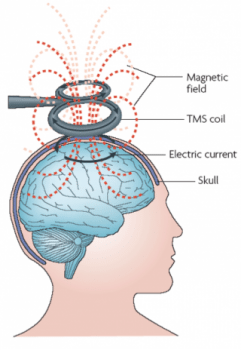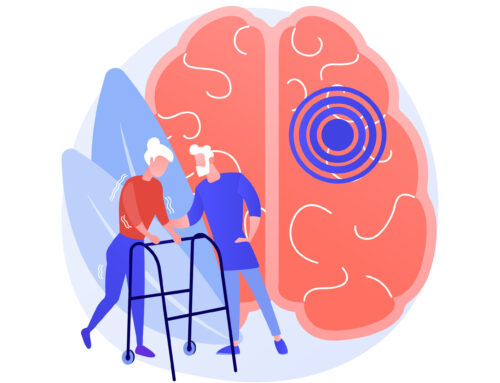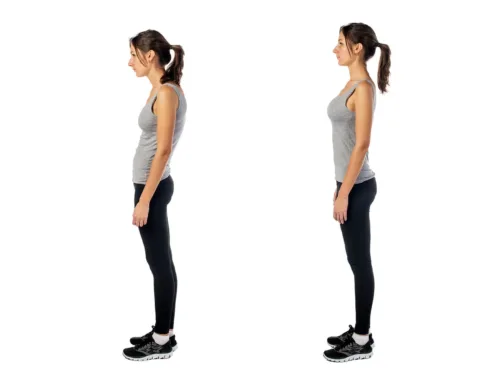Effective rehabilitation with transcranial magnetic stimulation
Transcranial magnetic stimulation (TMS) is a safe neurostimulation and neuromodulation technique. Since it is non-invasive and painless, it has become a therapeutic tool that could facilitate brain functional reorganization. As well as the clinical recovery of patients with nervous system disorders.
It has been used in the investigation of different brain affections with potential therapeutic uses. Unlike other cortical stimulation techniques, TMS can be used for the study of normal subjects and subjects with neuropsychiatric conditions, with the advantage of being a non-invasive method with a good safety profile.
How does it work?
The EMT equipment consists of an energy source that discharges into a capacitor (passive device capable of storing energy). It generates short electric pulses directed to a coil that produces a pulsed magnetic field. The monitor has auxiliary accessories to control temperature, intensity and pulse frequency.

With the coil active, the magnetic field easily penetrates skin, skull and meninges and induces a secondary electric current in the brain tissue. This is oriented in a plane parallel to the cortical surface when the coil is placed tangentially to the skull. Thus the stimulation is made on the neuronal elements of the cortex that have an horizontal (and not a transverse) orientation.
There are four types of coils:
Repeated transcranial magnetic stimulation following stroke
The human brain has two hemispheres. In patients who have had a stroke, the activity of the affected hemisphere shows a deterioration caused not only by the damage of the stroke itself, but also by the reaction of the unaffected hemisphere, which tries to limit the damage caused by the stroke. This limiting effect, although beneficial in the initial post-stroke stage, may subsequently become detrimental because it interferes with the brain’s ability to regain functional capacity.

Repeated transcranial magnetic stimulation (rTMS) is a noninvasive brain stimulation method that can help the affected hemisphere repair the damage from the stroke, while decreasing the limiting effect on recovery caused by the undamaged hemisphere.
After a stroke with sequels in the right hemibody, a patient underwent treatment with NeuroFT equipment with transcranial magnetic stimulation (TMS), which brought significant changes. As can be seen in the video, he managed to remain on his right legs for approximately 55 seconds. When he arrived for the evaluation with the equipment, initially he could only stand for 8 seconds.
Undoubtedly, TMS together with specific and individualized rehabilitation achieved significant improvements in the patient.
Transcranial magnetic stimulation (TMS) is a safe neurostimulation and neuromodulation technique. Since it is non-invasive and painless, it has become a therapeutic tool that could facilitate brain functional reorganization. As well as the clinical recovery of patients with nervous system disorders.
It has been used in the investigation of different brain affections with potential therapeutic uses. Unlike other cortical stimulation techniques, TMS can be used for the study of normal subjects and subjects with neuropsychiatric conditions, with the advantage of being a non-invasive method with a good safety profile.
How does it work?
The EMT equipment consists of an energy source that discharges into a capacitor (passive device capable of storing energy). It generates short electric pulses directed to a coil that produces a pulsed magnetic field. The monitor has auxiliary accessories to control temperature, intensity and pulse frequency.

With the coil active, the magnetic field easily penetrates skin, skull and meninges and induces a secondary electric current in the brain tissue. This is oriented in a plane parallel to the cortical surface when the coil is placed tangentially to the skull. Thus the stimulation is made on the neuronal elements of the cortex that have an horizontal (and not a transverse) orientation.
There are four types of coils:
Repeated transcranial magnetic stimulation following stroke
The human brain has two hemispheres. In patients who have had a stroke, the activity of the affected hemisphere shows a deterioration caused not only by the damage of the stroke itself, but also by the reaction of the unaffected hemisphere, which tries to limit the damage caused by the stroke. This limiting effect, although beneficial in the initial post-stroke stage, may subsequently become detrimental because it interferes with the brain’s ability to regain functional capacity.

Repeated transcranial magnetic stimulation (rTMS) is a noninvasive brain stimulation method that can help the affected hemisphere repair the damage from the stroke, while decreasing the limiting effect on recovery caused by the undamaged hemisphere.
After a stroke with sequels in the right hemibody, a patient underwent treatment with NeuroFT equipment with transcranial magnetic stimulation (TMS), which brought significant changes. As can be seen in the video, he managed to remain on his right legs for approximately 55 seconds. When he arrived for the evaluation with the equipment, initially he could only stand for 8 seconds.
Undoubtedly, TMS together with specific and individualized rehabilitation achieved significant improvements in the patient.




